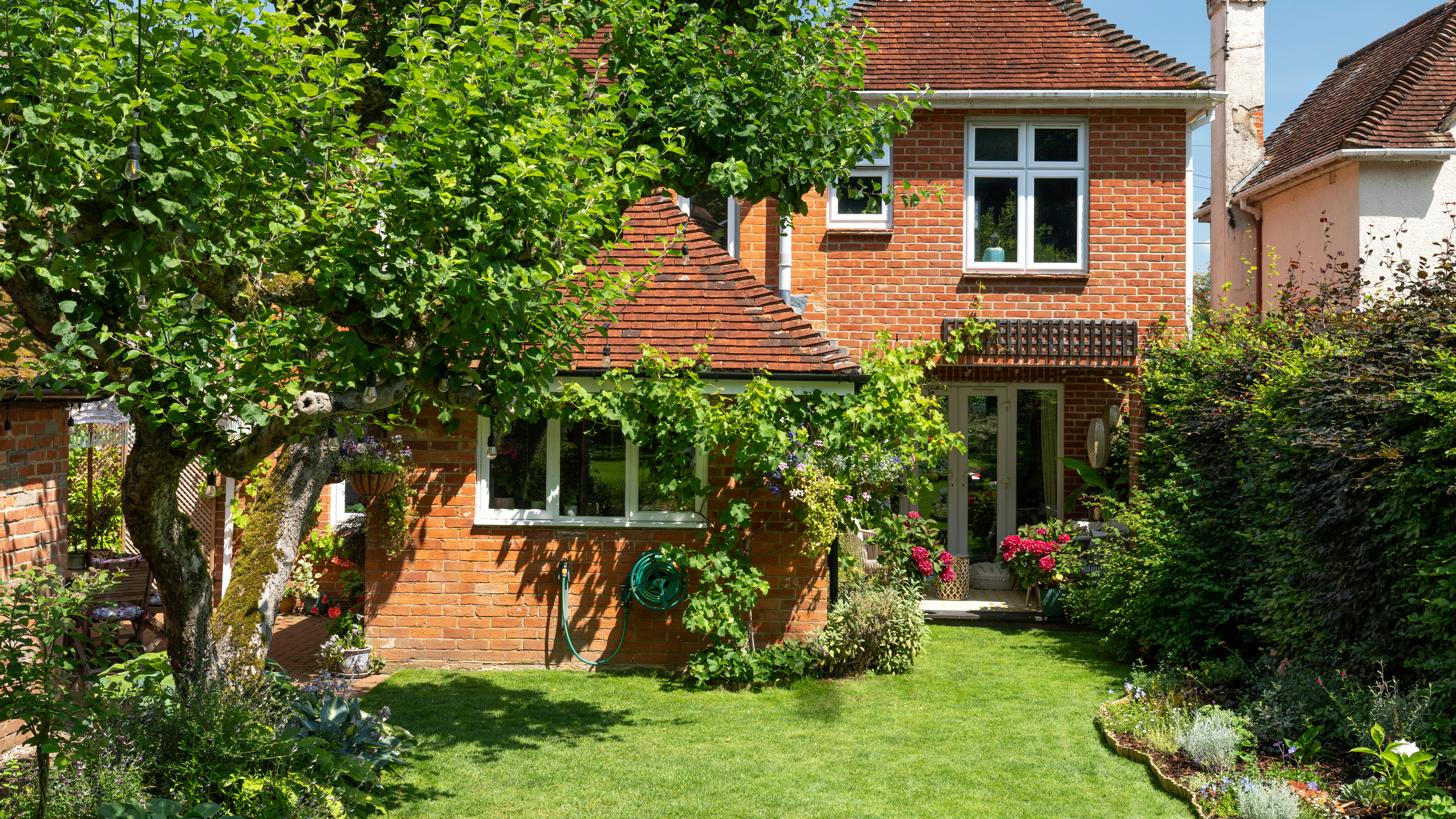Can I cut the roots of my neighbour's tree if they're in my garden? I asked a legal and environmental expert to find out
From legal rights to garden etiquette — here’s what you can and can’t do when roots cross the boundary


If your neighbour's tree roots have been bothering you lately, you're probably itching to get the garden tools out and take care of the problem yourself.
But before you do, it's important to get clued up on the legal stuff around whether you can cut your neighbour's tree. This will avoid any unwanted confrontations and, in some cases, hefty fines.
In most cases, you can cut the roots of your neighbour's tree if they're in your garden, but there is some fine print to be aware of. So you can avoid any legal hiccups, I asked an environmental expert and a legal expert the question: can I cut the roots of my neighbour's tree if they're in my garden? Here's what they had to say.

'You generally have the right to cut tree roots that encroach onto your property, including those from a neighbour’s tree,' Daniel Henderson, Associate Conveyancing Executive at Slater Heelis Solicitors, confirms. 'This is part of the “self-help” rule under common law, which allows you to remove encroachments up to your boundary line.'
But it's really important that any work you undertake is done in your own garden. Crossing the boundary line should be avoided, even if your neighbour's tree is damaging your fence (in which case, you'd need to have a conversation with your neighbour before taking further action).
Will cutting the roots damage the tree?
While you are technically allowed to cut the roots of your neighbour's tree in your garden, you should approach with caution – just like if you're cutting your neighbour's hedge.

'We recommend limiting work done to a neighbour's tree to minor pruning or trimming if you are unsure whether your actions will impact on the health or survival of the tree,' Daniel Reynolds, director of business development at Thomson Environmental Consultants says.
Sign up to our newsletter for style inspiration, real homes, project and garden advice and shopping know-how
If you're at all concerned that cutting the roots will damage the tree, try having a conversation with your neighbour first. Just like when a neighbour's tree is blocking sunlight, a friendly conversation is the ideal first point of action. If you explain why you want to cut the roots in your garden, they'll hopefully give you their permission – which will avoid you being held liable for any damages to the tree incurred.
Tree Preservation Orders
Tree Preservation Orders (TPOs) make the issue a little more complicated.
'Before you do any works to trees, you should always check that the tree is not subject to a TPO,' Daniel from Thomson Environmental Consultants advises. 'If it is, you will need to obtain consent from the local authority prior to any works.'
This is really important, because you could be fined up to £20,000 if you damage a protected tree. Check your local council's website (specifically, their planning portal) to see if the tree in question has a TPO. If you're unsure, you can get in touch with your local tree officer, again via the council's website.
'You should also consider if protected species, such as nesting birds or roosting bats, might be impacted by your actions,' Daniel says. 'Consult an ecologist for advice if in doubt.'
FAQs
What is the tree falls over after I cut the roots?
If you do go ahead and cut the roots of your neighbour's tree, and it later falls over, you would be liable for any damage it causes. That's why it's really important to undertake any work carefully.
'It’s strongly advised to consult a qualified arborist before cutting roots, especially if the tree is large or mature,' Daniel Henderson from Slater Heelis Solicitors says.
Who owns a tree growing on a boundary?
Ownership of a tree depends on where the base of the tree sits, so if the base is sitting on a garden boundary, you and your neighbour have joint ownership. This is called "tenants in common".
If this is the case, you'll still need to get your neighbour's permission to do any work that affects the whole tree.
Now we've cleared up the question – can I cut the roots of my neighbour's tree – you're all set to approach the issue with full knowledge of the do's and dont's.

Katie has been writing freelance since early 2022, specialising in all things homes and gardens, following achieving a Masters in Media and Journalism. She started out writing e-commerce content for several of Future’s interior titles, including Real Homes, Gardeningetc, Livingetc, and Homes and Gardens. Since then she’s been a regular contributor on Ideal Home’s digital team, covering news topics, how-to guides, and product reviews.